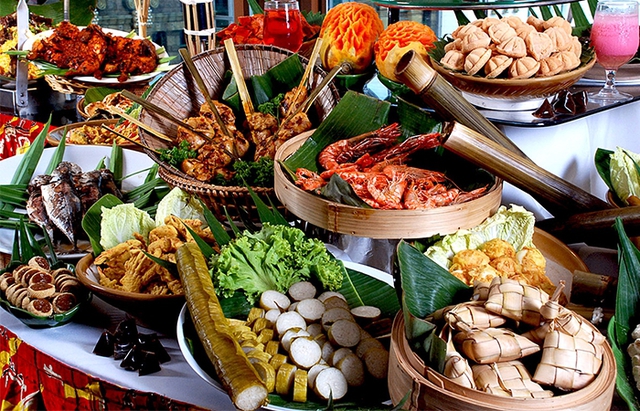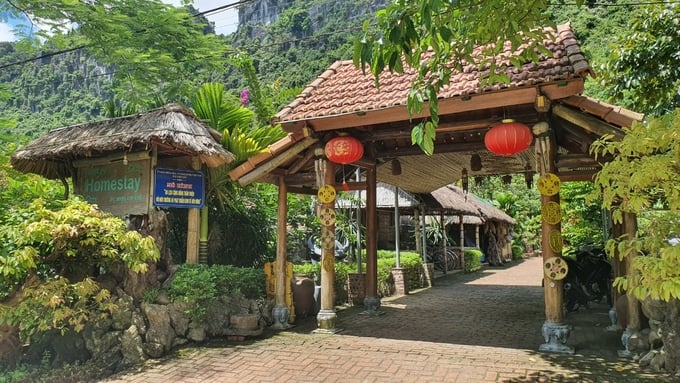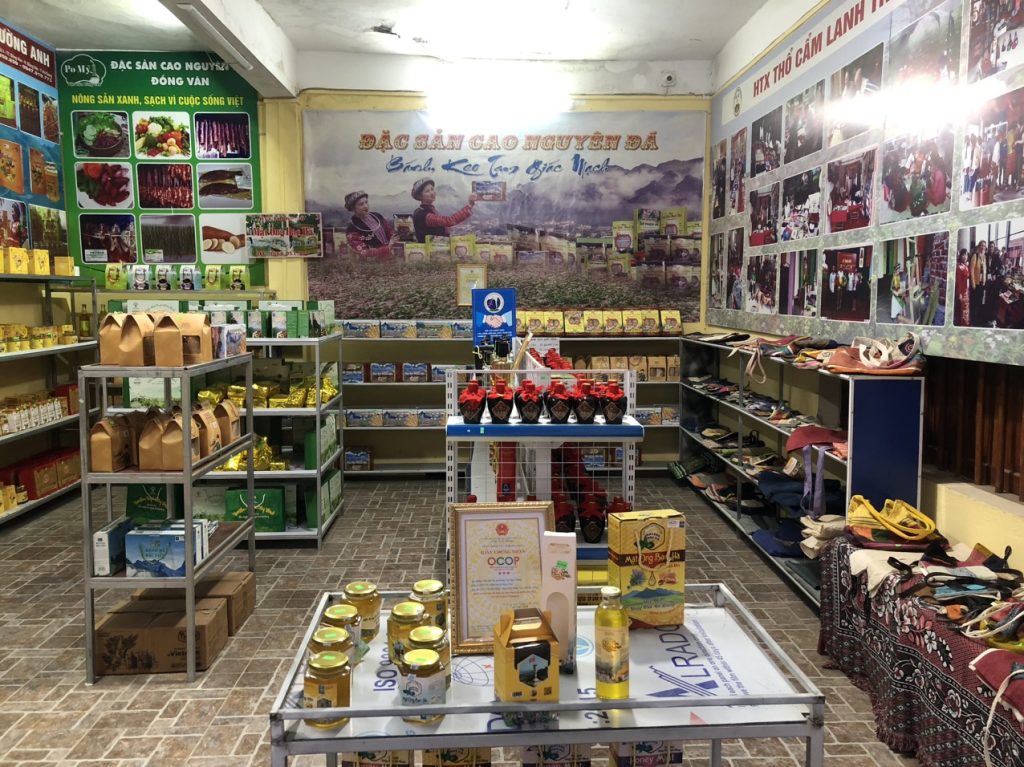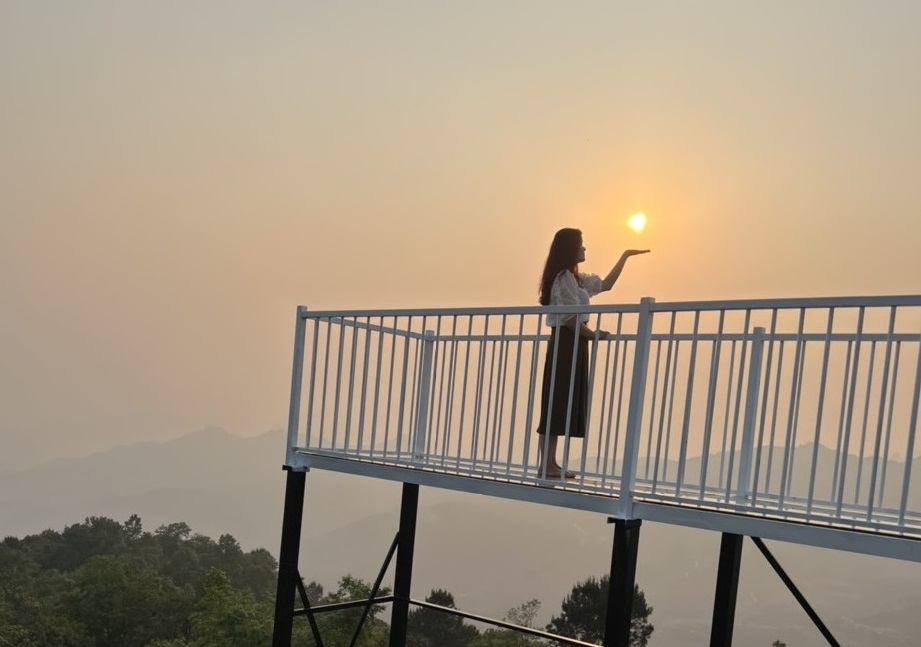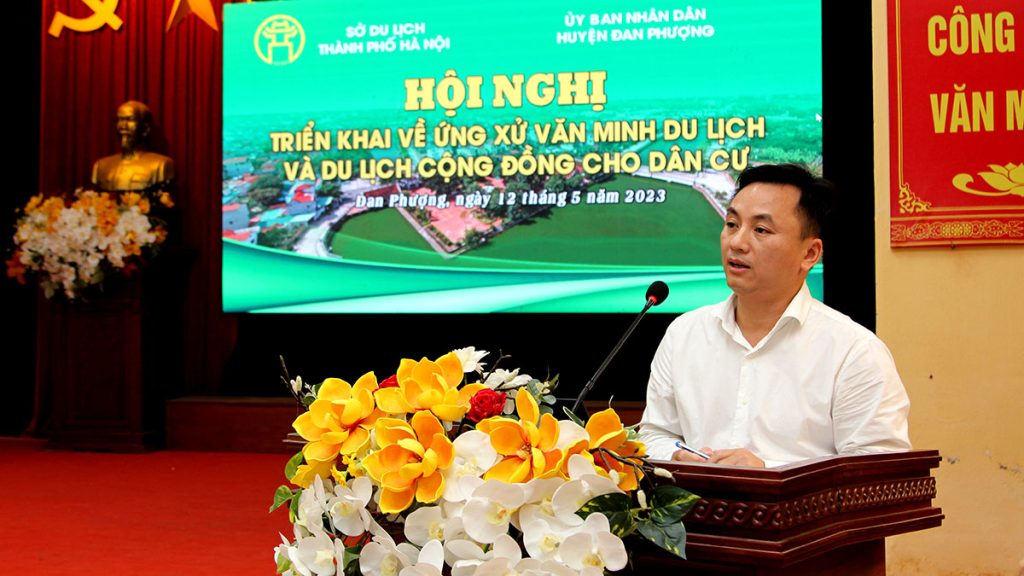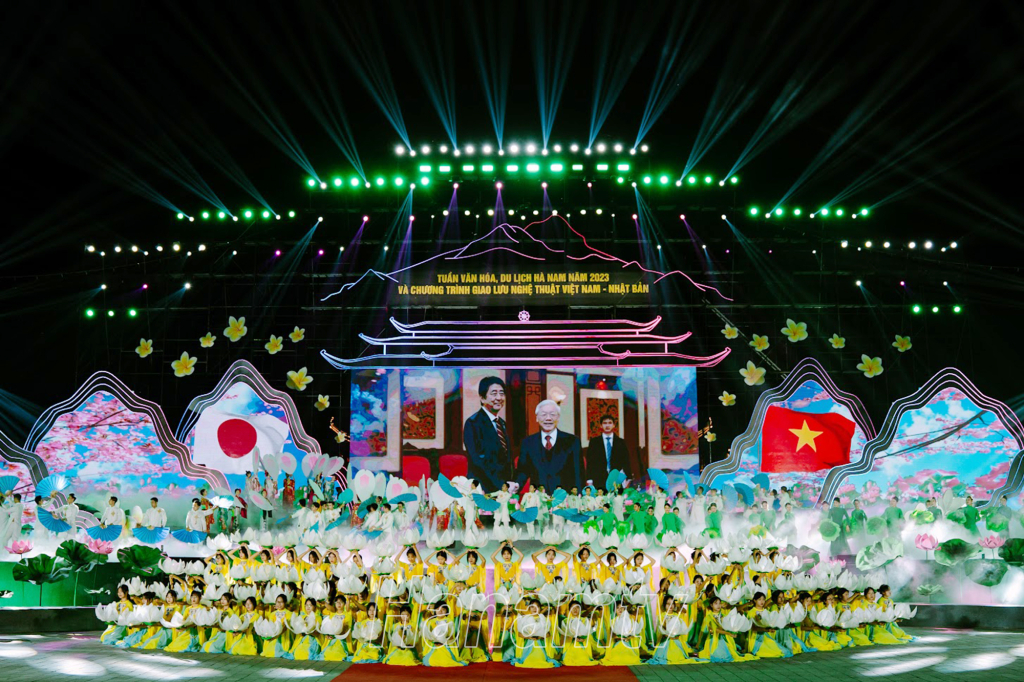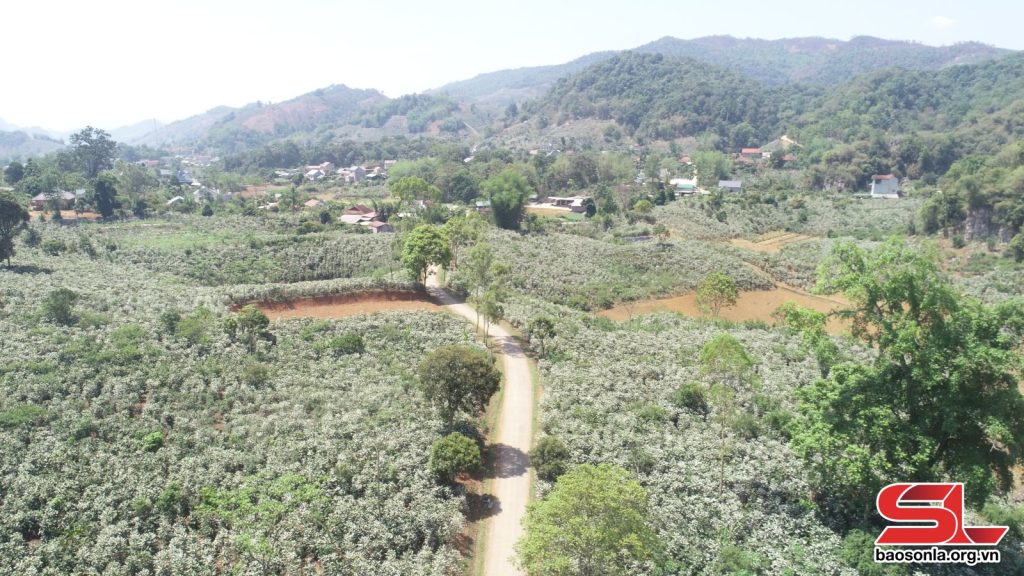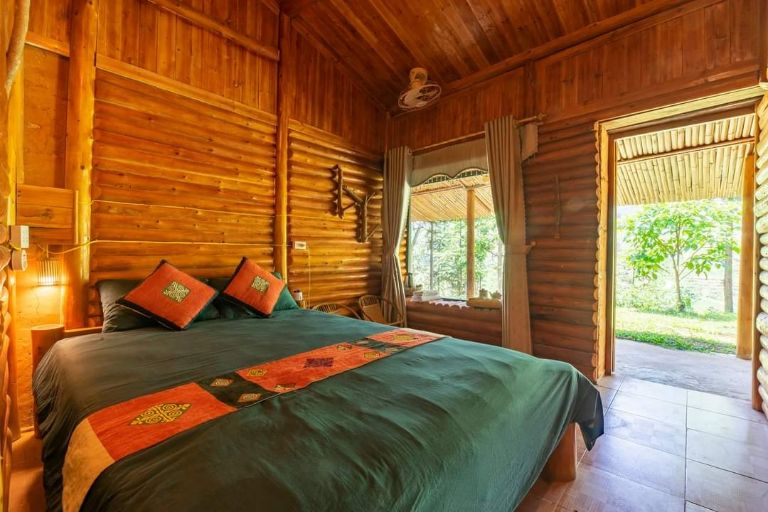Hanoi has a suburban area of more than 3,000 km2 with diverse terrain and culture. This is the basis for the city’s strong agricultural tourism development in recent years.
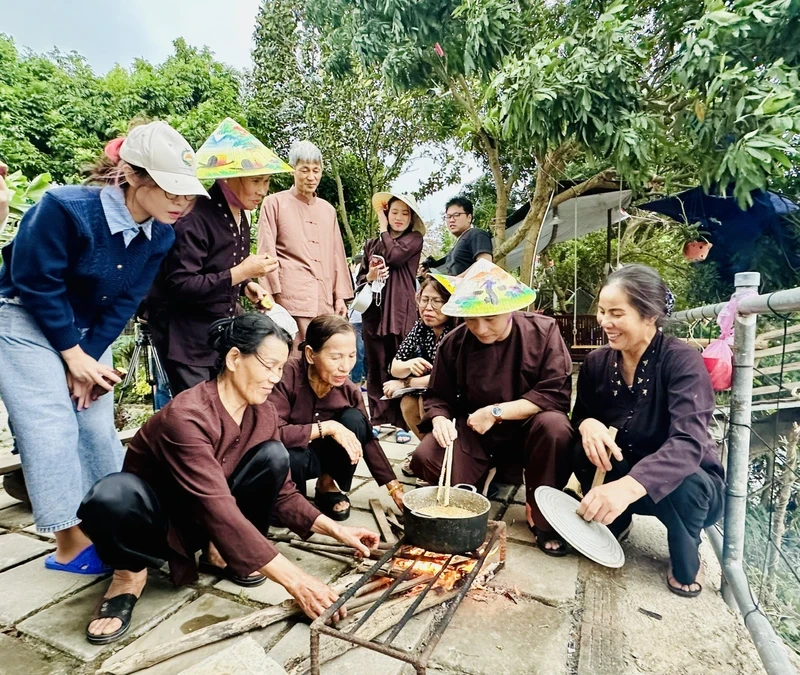 |
However, for agricultural tourism to take off, the city needs to support people in building products, and at the same time create a specific mechanism for agricultural land use.
The experience of being a farmer, with activities such as ploughing, harvesting vegetables, catching fish, learning about the lives of animals, and cooking in the “farmer style”, is a tourism activity with a very high growth rate in Hanoi.
Diverse forms of experience
With hundreds of ancient houses, preserving many unique cultural heritages, Duong Lam ancient village (Son Tay town, Hanoi) is considered a museum of Vietnamese village culture, and a unique heritage tourism destination.
Duong Lam ancient village welcomed many international visitors from several countries, such as Singapore, Malaysia, Australia, and Japan. The visitors came here not only to visit the relics and heritage but also to participate in agricultural experience activities.
The combination of exploiting heritage values with agricultural experiences has significantly increased the attractiveness of Duong Lam tourism. Head of the Management Board of Duong Lam Ancient Village Nguyen Dang Thao said: “Developing agricultural and rural tourism is in line with the city’s policy, and is also a trend that many countries in the world are doing to develop sustainable tourism.
Tourists can participate in the experience, playing the role of farmers directly planting rice, and participating in folk games.
The Management Board of Duong Lam Ancient Village has proactively developed two-day-one-night products to attract guests to stay. In the evening, guests can participate in cultural and artistic activities in the ancient village and sleep in ancient houses.
In many other areas, people have begun to shift from simple farming to agricultural tourism development.
The ornamental plant craft village of Hong Van in Thuong Tin District is a typical example. From a place of producing ornamental plants, when coming here, tourists get lost in a “paradise of flowers and ornamental plants”, freely checking in and participating in many experiential activities and shopping related to agriculture. In 2023, the commune welcomed nearly 126,000 tourists.
As the urbanisation process becomes stronger and stronger, rural life becomes unfamiliar to people, many tourists seek out agricultural activities to have new experiences.
For international visitors, the way of doing agriculture and experiencing rural life in Vietnam is a whole new world. That is the reason why a series of agricultural tourism models have developed.
Hanoi has had the first two OCOP products rated 4 stars in the group of community tourism and eco-tourism products and services, namely Hong Van rural tourism service site (Thuong Tin District) and Phu Dong Green Park Eco-tourism Area (Gia Lam District). In addition, many ecological farms, and agricultural and rural tourism sites have been recognised as city-level tourist sites.
Removing investment bottlenecks
Hanoi has an area of 3,360 km2, with a very diverse terrain, from limestone hills, and semi-mountainous areas to plains, and lowlands. The system of relics and heritages is rich.
Director of Hanoi Department of Tourism Dang Huong Giang said: “With a large area, diverse natural and cultural ecosystems, and a location connecting provinces and cities across the country, Hanoi has the potential and advantages to develop agricultural and rural tourism into a typical product with its own identity of the capital’s tourism. Currently, the capital’s tourism industry focuses on exploiting the potential of ecology, culture, and traditional craft villages to build agricultural tourism models, bringing interesting experiences to tourists”.
However, the characteristics of agricultural tourism are the large areas of agricultural land used and the need for significant investment in infrastructure and farming experience activities which also need certain changes to serve the needs of tourists. This is the biggest “bottleneck” in current tourism development.
Most current agricultural tourism models only invest in temporary infrastructure, because there is no mechanism for building works on agricultural land. On the other hand, many agricultural tourism products are still spontaneous and do not clearly reflect the cultural characteristics of each locality, so they have not created their own “features”.
Director of Vietsense Travel Company Nguyen Van Tai said that to overcome this, there needs to be a closer connection between managers, people and travel businesses to build diverse, attractive products that meet the needs of different tourist groups.
In addition, many experts suggested that state management agencies need to support businesses to create a closer connection between agricultural experiences and cultural experiences in localities, such as visiting craft villages and heritage sites, to increase attractiveness and create sustainable development for agricultural tourism.
Giang Nam – Dac Son
Translated by NDO – en.nhandan.vn

